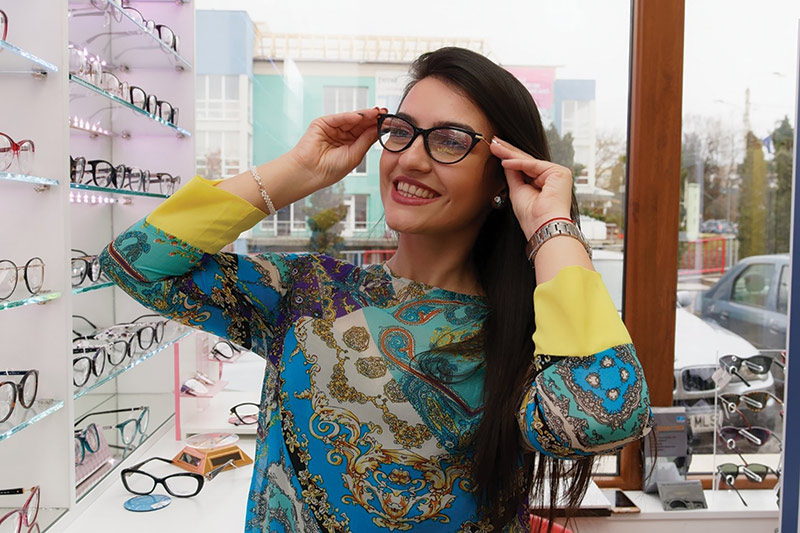
By Linda Conlin, ABOC, NCLEC

Today’s eyewear consumers have options: They can buy frames and lenses at retail chains, mass merchandisers, independent ophthalmologists, optometrists, optical shops, department stores and online. Why would a patient come to your place of business? What are patients looking for from you? The answers to these questions lie in understanding the psychology of how patients think and feel about making purchases.
According to the Ohio University MBA blog, the better a business understands its target audience, the more it can cater to that audience’s wants and needs. The blog identifies several consumer behavior theories. Let’s look at some of them and the ways opticals can utilize them to create a patient experience that sets your practice apart.
The first is the Theory of Reasoned Action, which states that consumers act on behaviors that they believe will create or receive a particular outcome, familiar or otherwise. They must associate a purchase with a specific positive result. That’s easy! The primary reason for eyewear purchases is to see better, a very positive result!
Tip: When presenting eyewear options, explain how each option augments the patient’s vision. That includes lens designs and enhancements.
The next theory takes Reasoned Action further. The Engel Kollat Blackwell Model identifies a four-phase process that influences how consumers make purchasing decisions: input, processing information, decision stages and variables in the decision-making process. During input, the most valuable part of the process, consumers collect data about a product. Then they combine that input with experience and expectations to make the best decision for their current needs. In the next part of the process, the patient makes a purchasing decision based on the information they collected. They evaluate alternatives to validate their decision and consider whether the product, in this case eyewear, will make them see, look and feel better.
Tip: Engage the patient to understand their lifestyle/environment and make recommendations based on this. A few easy questions about work and hobbies often get the patient to open up with valuable information about their vision care wants and needs.
The Motivation-Need Theory notes that consumers make purchasing decisions based on their level of need, with health concerns highest on the list. That means the patient chose your place of business because they perceive that you offer the best health care and eyewear.
Tip: Educate patients about conditions such as digital eye strain and the benefits of eyewear designed to alleviate its symptoms and discomfort, as well as the protection offered by sport and sunwear. Offer eyewear customized to the patient, with all options appropriate to their wants and needs. That’s easy when you know your patient and are confident in your knowledge of what’s best for them.
While we want to serve patients across age groups, it’s important to note that the Millennial population (born between 1981 and 1996) now surpasses that of Baby Boomers. To capture that market, we need to know what Millennials look for in product and retail experiences. They are buying products as a way of expressing their passions and interests. Among those passions and interests are sustainability, authenticity and corporate social responsibility. (Note: Studies have shown that about one third of ALL consumers want to buy from brands that have ethical practices, and they are willing to pay more for those products.)
Tip: Know and share the brand story: where the product came from and that the manufacturer has sustainable and ethical practices, including for their workers. It’s easy to get that information from your rep, and it can result in brand loyalty.
Although careful with their money and concerned about accumulating long-term debt, Millennials will spend when they think the purchase is worth the money and will heavily research quality goods. They look for maximum value for a quality product and exceptional service with a personal connection.
Tip: Offer financing options such as Buy Now Pay Later (BNPL). BNPL is a short-term financing tool that provides options to make payments over a specified time, eliminating concerns about accumulating long term debt. Easy to integrate into your practice, BNPL helps patients find value in premium products and multiple pairs.
The 2023 eyewear patient not only wants to see better and look better, they want a personal experience that makes them feel better by building a relationship based on trust. And they want to know that their purchases are environmentally and socially conscious. The easy part is that ECPs can offer all of that through the personal touch, products and education already available!













